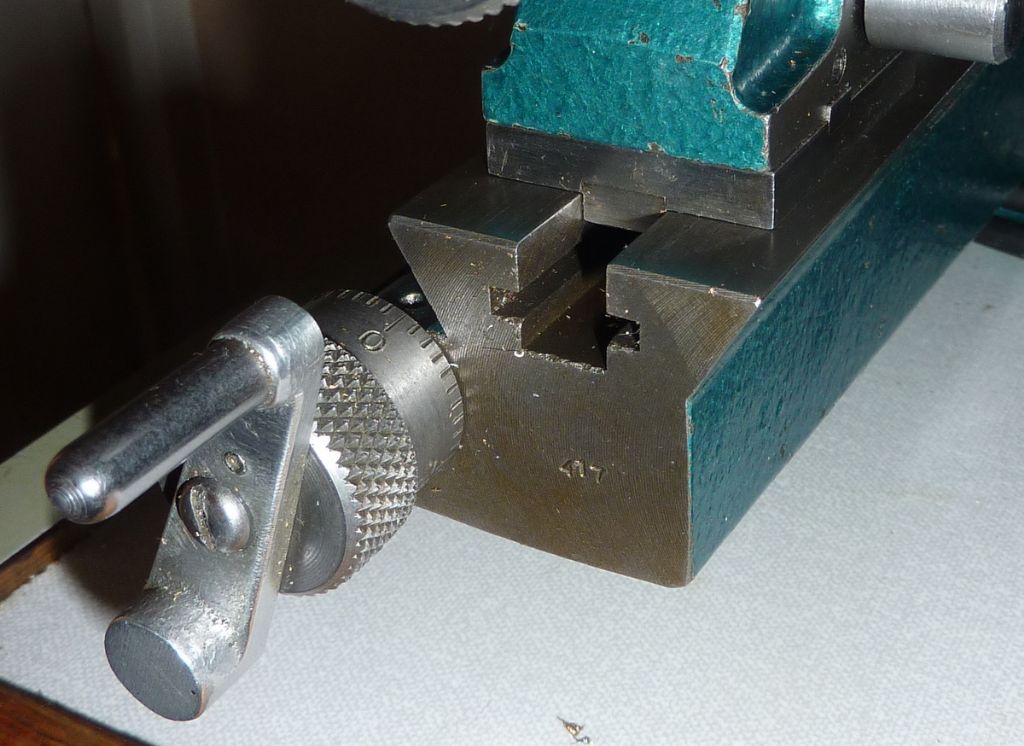Posted by michael potts on 03/02/2022 11:23:29:
The ins and outs of the Perris lathe, its variants, and the Cowells lathe seem to be complicated to put it mildly. The article ' Evolution of the Perris Lathe ' on the lathes.uk website is worth reading. How much is fact and what is opinion is difficult to work out. Brian Perris seems to have been killed in a car accident at the end of 1976. Within a year the PL90 lathe was back in production as the Cowells lathe. It says something that it is still with us.
The design was metricated very quickly, if only partially. Perris lathe dimensions are still used, notably on the mandrel, and there is one BA threaded hole on the cross slide. Care is needed when the smaller and less used screws have to be dealt with, or replaced.
Thanks for that. I think I have read that article before but it was good to read it again. I think it stops short of suggesting that the Perris is a descendant of the Flexispeed/Simat designs but I've seen it said elsewhere. I'd steer clear of saying so too – even the very first Perris on Tony's site has a slotted bed and tailstock design that looks like the current Cowells and completely different from the Flexi and Simat. The (worm?) power feed drive design on the Flexi and Simat is also something that as far as I can see never appeared on the Perris models.
Maybe there is a 'missing link' somewhere out there that will convince me otherwise.
I hadn't spotted the point before now that Brian Perris had a hand in the Hector, so clearly Norwich/Norfolk is not the only common factor.
A few other minor quibbles…
I don't think the colour scheme changed between Perris and Cowells as stated in the article – the tourquoise blue hammered finish of the early Cowells can definitely be seen in photos of later Perris lathes. IMHO it's the best of all the colour schemes. I always thought I was unmoved by such shallow cosmetic questions, but it seems not 
Having the 'Cowells' name cast in was also not immediate – the early ones had a recess with a sticker in it and no lettering on the tailstock.
Most Cowells have a number stamped into the end of the bed… but I have come across at least one proveably early Cowells example that has no stamped bed number. AFAIK the Perris made lathes did not have a stamped bed number but I haven't asked many people so I could be wrong.
Still an excellent article though.
Sorry, I'm going on a bit… It's a bit of a pet subject of mine.
Andy Carlson.







